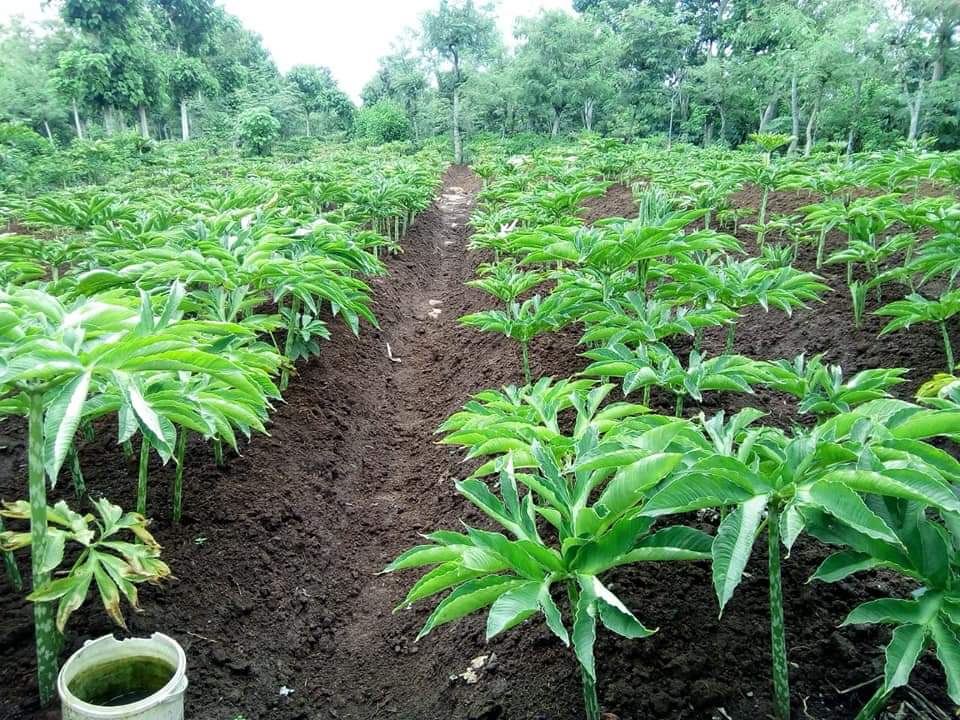Indonesia has 600 species of taro plants

Jakarta (Indonesia Window) – Indonesia has 600 species of taro plants, which are included in the Araceae family, on every island in the archipelagic country.
According to the Indonesian Institute of Sciences (LIPI), Araceae, which can be a source of staple food and medicies, or used as ornamental plants, is easily recognized by its various leaf shapes and motifs, as well as ear flowers which have colourful scarf.
“Kalimantan is a haven for various species of Araceae, but their potentials should be explored,” Ni Putu Sri Asih, an Araceae researcher at the Eka Karya Botanical Garden Conservation Center, said on Monday (Aug 31).
According to her, most people are more familiar with Araceae as a food source, especially Amorphophallus or taro (Colocasia esculenta).
Another species, Cyrtosperma merkusii, is a species of Araceae which is used as one of the staple foods in North Sulawesi province.
During the pandemic, when the government started campaigning the national food security movement, taro could be a source of carbohydrates other than rice.
“People can mix taro with rice, or process it for snacks and cakes,” Sri Asih said.
Besides being a source of staple food, Araceae is also in great demand as an ornamental plant.
Araceae fans are generally attracted to its leaf shape, and ease of treatment.
“Most of Araceae grows in low to moderate plains, in a humid and porous habitat,” Sri Asih noted.
Some of Araceae from Indonesia for ornamental plants includes Alocasia, Spathiphyllum, Schismatoglottis, Rhaphidophora, Scindapsus, and Homalomena.
“Native Indonesian Araceae plants generally have unique leaf shape, which are as beautiful as Monstera, a famous Araceae species from abroad,” she said.
Another benefit of Araceae is its medicinal ingredient, and still requires further research.
“So far, knowledge about the potentials of Araceae as a medicine comes from local wisdoms. For example, Alocasia longiloba, has been used to cure wounds,” Sri Asih noted.
Although Araceae is still easy to find in its natural habitat, forest degradation could destroy this plant.
Studies on Araceae population are still inadequate, making its conservation status has not been well identified.
“People who take advantages of Araceae directly from its natural habitat should have the awareness to preserve it for future generations,” Sri Asih said.
Reporting by Indonesia Window
.jpg)








